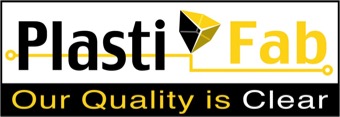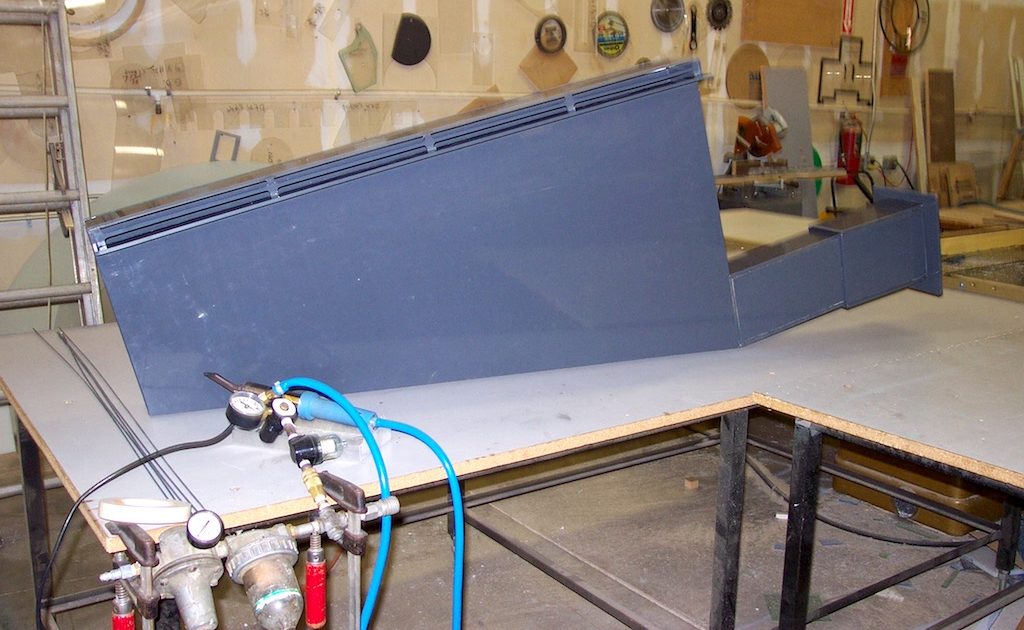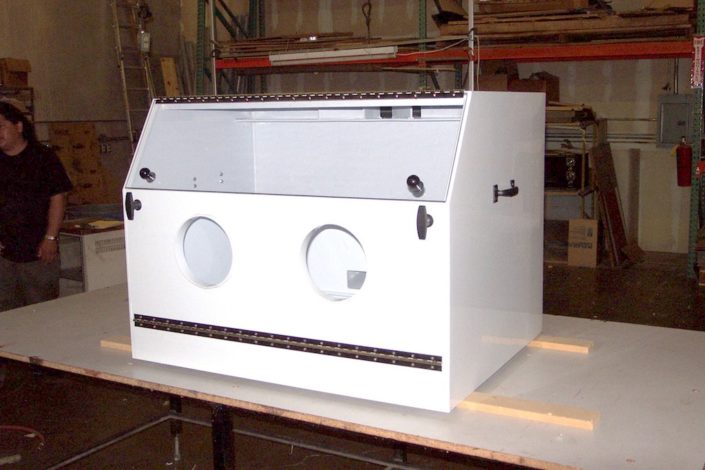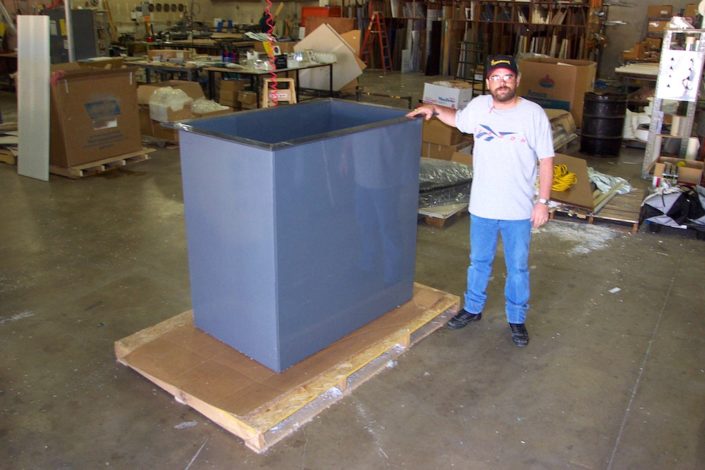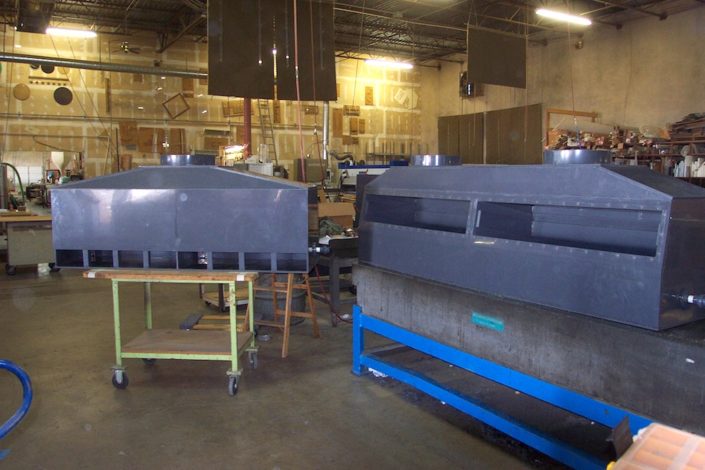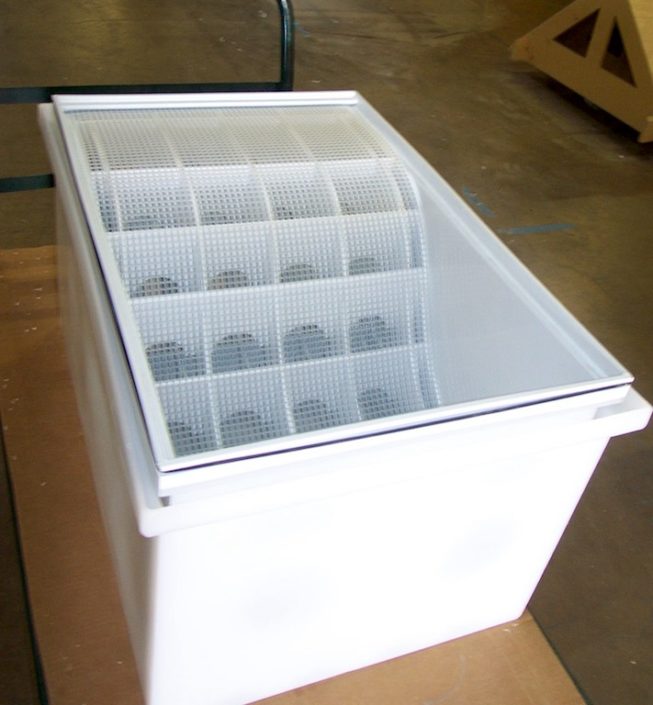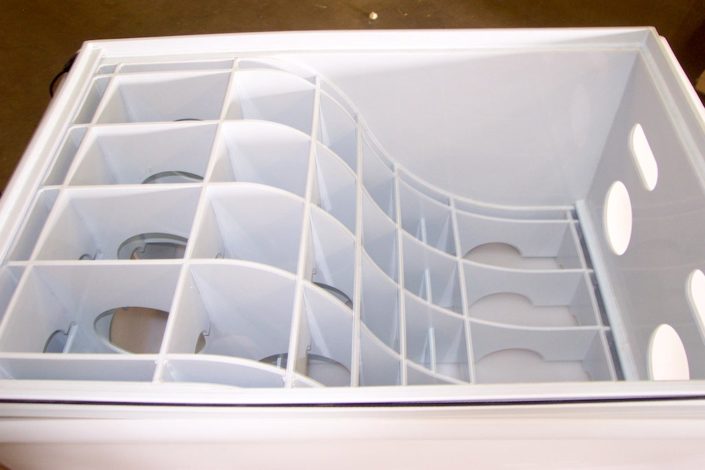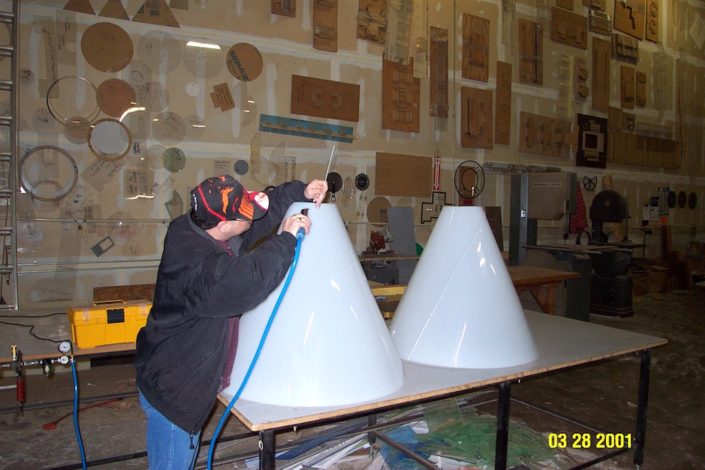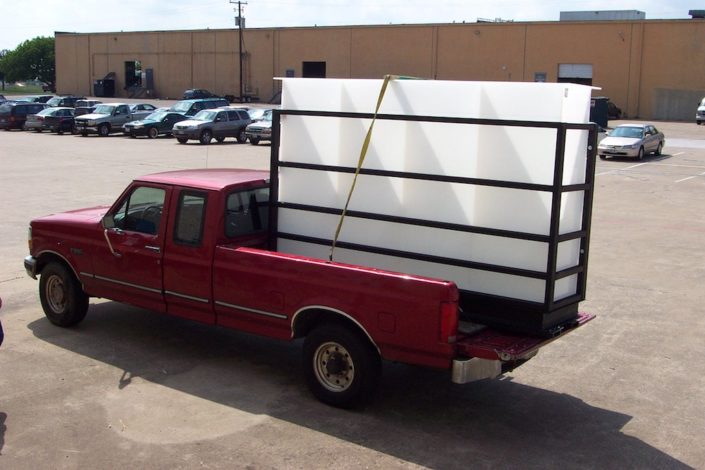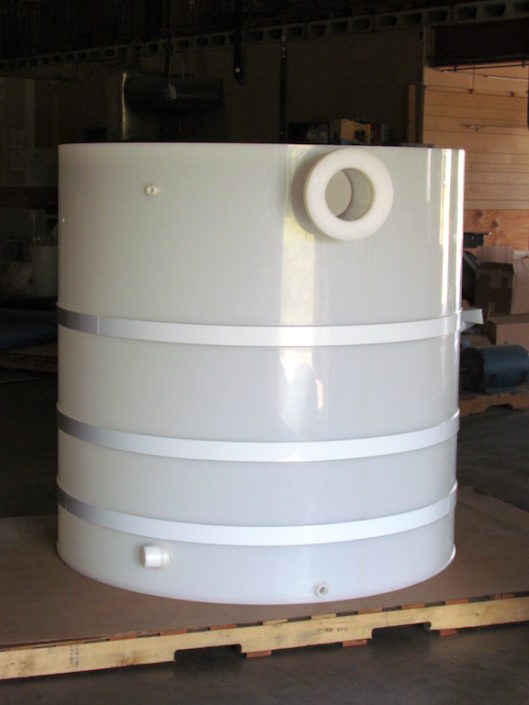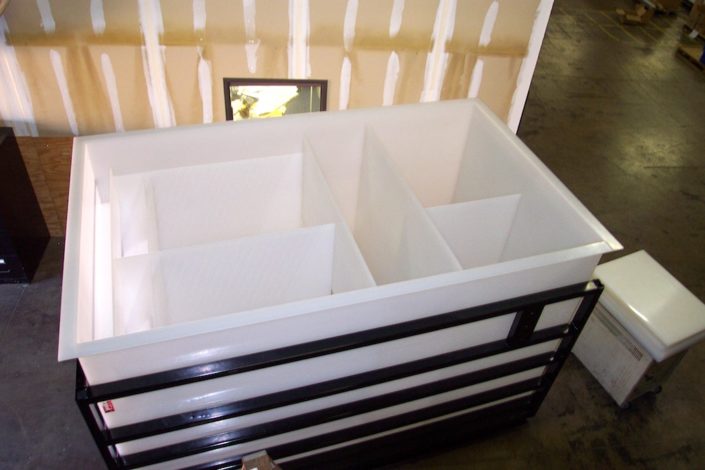Plastic Welding is a fabrication process that many people in the general public do not know even exist. You can weld many plastics such as Polypropylene, High Density Polyethylene (HDPE), PVC, CPVC, ABS and even Lexan or polycarbonate together using several basic welding techniques. These welding methods provide a permanent, strong joint for assembling large parts such as tanks, piping, wet work stations and chemical processing components as well as smaller injection molded pieces for a wide range of products.
At Plasti-Fab we are able to offer all of the above welding types to our clients and with our over 30 years of fabrication and plastic welding experience we know which weld to use to meet each of our clients’ needs in the most cost efficient manner.
The 6 basic methods to weld plastics together that are common in today’s manufacturing environment are Stick Welding, Injection Welding, Extrusion welding, Fusion Welding, Spin Welding and Ultrasonic Welding. Each of these methods has its own niche in the market based on the special characteristics of each type of welding.
Stick Welding is very common in shops today and requires only a hand held hot air welder and a welding rod or stick of the same material to be welded. As the hot air heats up the surface of the 2 parts to be joined the operator allows the end of the stick to be heated as well and then slowly guides the tip of the welder and the plastic welding rod along the seam and forces the welding rod down into the hot seam to complete the weld. Stick welding can be a bit slow but can produce some of the best looking welds for parts where appearance is a concern.
Injection Welding and Extrusion Welding are both very similar in that they both preheat a welding rod or plastic pellets and then push the molten plastic into or along a seam to create the bond. These methods are usually used on larger heavier gauge materials where greater weld strength is required such as deep tanks, water and chemical flumes, and commercial truck bed liners. These welds are not as good looking as the stick welds but are extremely strong.
Fusion welding is a joining method where the edges of both pieces to be joined are heated at the same time with a Teflon coated heat bar. When the parts are ready the bar retracts and the two pieces are forced together with pressure until cool. Fusion Welding is fast and efficient for long straight welds but because the equipment required is very costly many shops cannot offer Fusion Welding.
The Spin Welding process involves creating heat from friction at a seam of two pieces that are to be joined by literally spinning one or both parts while they are touching. When the parts have softened they are forced together until cool for a permanent bond. Spin welding is generally used on small pieces that have been injection molded. While a simple hand drill can be used to produce spin welds for hobbyist or prototypes generally a specific tool is created to allow a spin welding machine to grasp the two parts and apply the proper amount of force at the precise moment that the plastic becomes hot and soft enough to bond.
The final method of plastic welding mentioned is Ultrasonic Welding. Ultrasonic Welding uses high frequency sound waves to vibrate the two pieces together until joined. The seam is usually produced in one to five seconds. Because of the fast weld cycle Sonic Welding can be quite efficient and economical to produce on higher quantity production runs. The Ultra Sonic Welders are expensive and usually a custom Horn is required for each different part to be bonded so unless there are a large quantity of the same pieces it can be expensive. UltraSonic Welds can be almost invisible on some parts or very noticeable on other parts such as when welding a typical U.S. Postal Service plastic mail bin.
